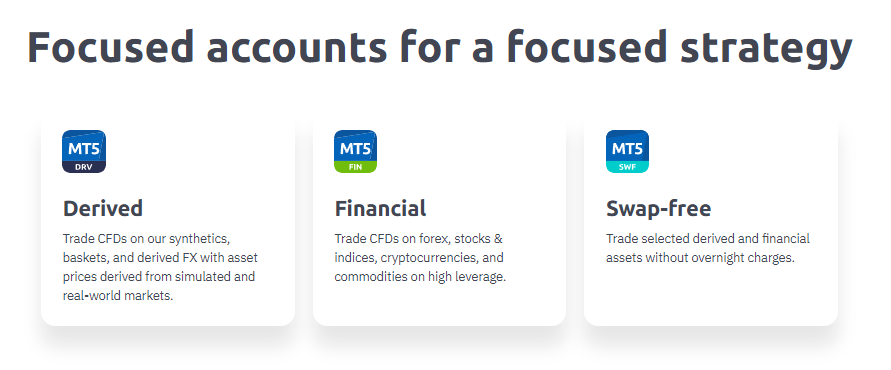Risk Avoidance: Lessons for Traders That Cannot Be Ignored
⇒ Warning. Any strategy does not guarantee profit on every trade. Strategy is an algorithm of actions. Any algorithm is a systematic work. Success in trading is to adhere to systematic work.
“I always think about losing money, not about making it. Don’t focus on making money, focus on protecting what you have.” — Paul Tudor Jones
Every trader, whether a novice or a seasoned professional, knows about risk management. But do you truly understand how critical this aspect of trading is? Research by Nobel laureate Daniel Kahneman and Amos Tversky reveals that our economic behavior is often driven by emotions and irrational fears. This makes risk management an essential skill to master.
Why Loss Hurts More Than the Joy of Gain
Imagine you’ve just won a million dollars. Now, you have the chance to double it by flipping a coin. Heads, you double your money; tails, you lose everything. Despite the seemingly favorable odds, most people would choose to keep the million.
This phenomenon is known as loss aversion. We feel much more pain from losing than we experience joy from gaining. This psychological trait leads to common trading mistakes:
- Closing profitable trades too early to lock in small gains.
- Holding onto losing trades in the hope that the market will “turn around.”
These mistakes often erode a trader’s capital, even if they start with a solid strategy.
Experiments That Explain Everything
In one of Kahneman and Tversky’s studies, participants were presented with two scenarios:
- Gain Scenario:
- A 100% chance to receive $3,000.
- An 80% chance to win $4,000, but a 20% chance to win nothing.
Most participants preferred the guaranteed $3,000, even though the expected value of the second option was higher.
- Loss Scenario:
- A 100% chance to lose $3,000.
- An 80% chance to lose $4,000 and a 20% chance to lose nothing.
In this case, most participants chose the riskier option, preferring to gamble for a chance to avoid the loss entirely.
These experiments demonstrate how our minds react differently to potential losses and gains. Even when faced with rational data, people tend to make decisions that prioritize emotional comfort over logic.
What Does This Mean for Traders?
Every trading decision is a psychological experiment. Fear of losses can distort your judgment:
- Closing profitable trades too soon to “lock in success.”
- Holding onto losing positions because admitting a mistake feels too painful.

Remind yourself that in trading, the overall outcome matters more than individual decisions. As George Soros famously said:
“It’s not whether you’re right or wrong, but how much money you make when you’re right and how much you lose when you’re wrong.”
The 2% Rule: Your Shield Against Losses
One of the most effective ways to minimize risk is by following the 2% rule, which states:
“Never risk more than 2% of your capital on a single trade.”
How Does It Work?
Let’s say your account is $50,000. Your maximum risk per trade should be $1,000. Even during a series of losing trades, this approach preserves your capital, allowing you to stay in the game.
Example:
If you’re buying 5 contracts of the Canadian dollar, where each tick is worth $10, the 2% rule limits your risk to 20 ticks (5 contracts × $10 × 20 ticks = $1,000). This discipline ensures that you maintain control over your trading account.
In addition, use a risk-to-reward ratio such as 1:2. For a 20-tick risk, your profit target should be at least 40 ticks. This helps you maximize winning trades while cutting losses early.
Discipline: The Key to Success
Discipline is the ability to follow your strategy and resist emotional impulses. Whether you’re using automated systems or trading manually, discipline is essential.
Tips for Building Discipline:
- Keep a trading journal. Record your reasons for entering and exiting trades to review and analyze your decisions.
- Develop clear entry and exit criteria to avoid impulsive actions.
- Take time-outs after a series of losses to reset emotionally and avoid revenge trading.
Setting Realistic Expectations
Many traders come to the market with unrealistic expectations of quick wealth. However, trading is not a sprint—it’s a marathon that requires patience, knowledge, and experience.
- Goal #1: Minimize losses. Protecting your capital should always be your priority.
- Goal #2: Aim for steady, consistent profits. Sustainability matters more than chasing large gains.
Remember, the market does not reward impulsiveness. Success is achieved by those who plan and stick to their strategies.
Conclusion
The market is full of temptations and risks. Your success depends not on your ability to predict price movements but on your skill in protecting your capital. The fear of losses can cloud your judgment, leading to poor decisions. To combat this, follow these principles:
- Stick to the 2% rule: Limit your risk per trade.
- Set realistic stop-loss levels: Protect your account from unexpected moves.
- Maintain discipline: Avoid emotional reactions.
- Analyze your mistakes: Learn and improve from experience.
Above all, remember the words of Paul Tudor Jones:
“Focus on protecting what you have.” This simple yet powerful principle will help you survive and thrive in the world of trading.
Keywords:
#RiskManagement, #LossAversion, #2PercentRule, #TraderDiscipline, #TradingPsychology, #FinancialSuccess, #TradingStrategy, #CapitalProtection, #Investments
Meta Description:
Risk Avoidance: Key lessons for traders. Learn how to protect your capital, overcome loss aversion, and maintain discipline in trading. Insights from Daniel Kahneman, Amos Tversky, and Paul Tudor Jones.
![]()




